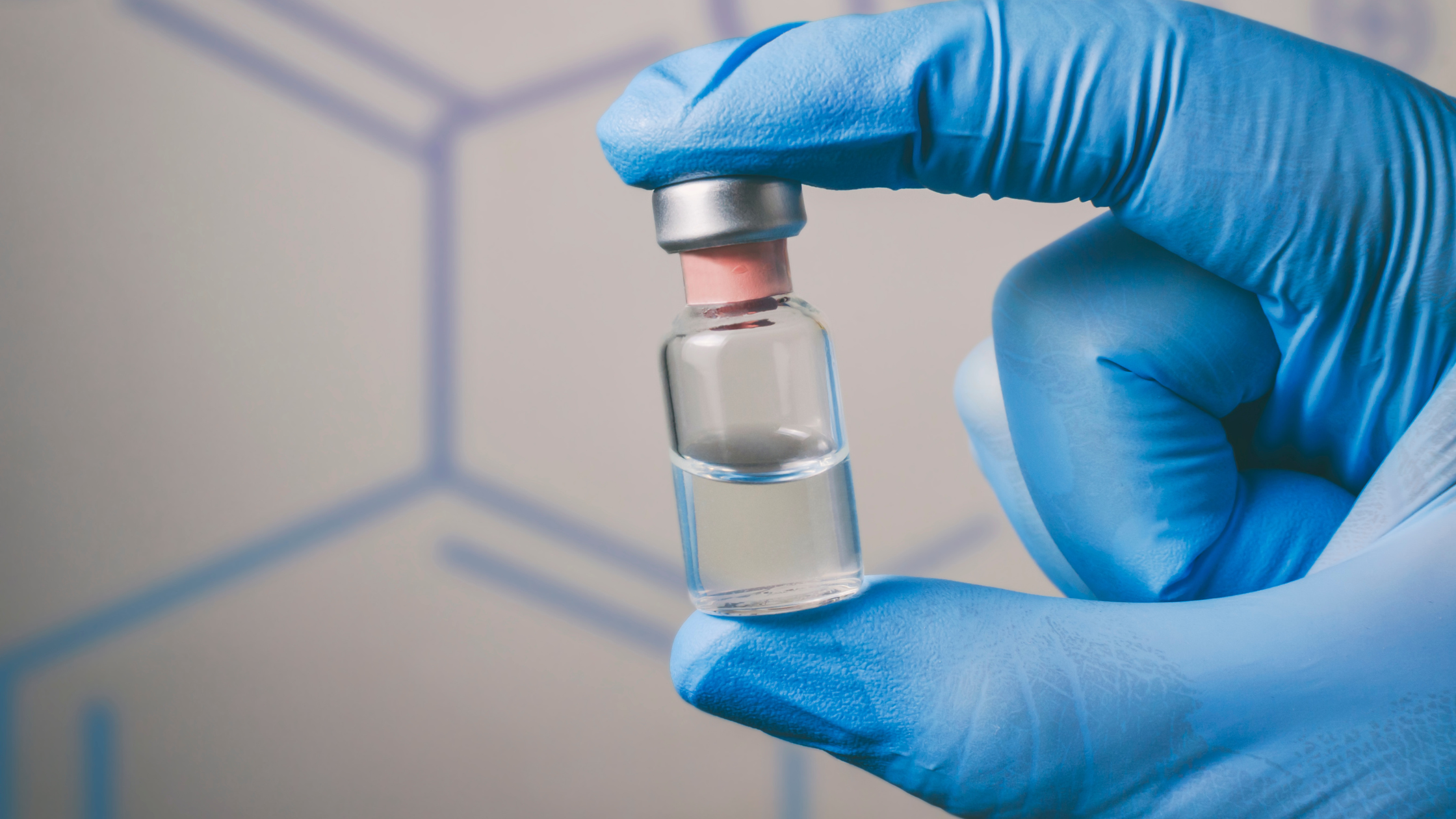
6 Reasons to Get a Flu Vaccine
1. Getting Vaccinated Prevents you from getting the flu Influenza, often called the flu, is a viral...

Vaccines have been one of the greatest public health achievements in history. They have helped to prevent millions of deaths a year and have played a crucial role in controlling and even eradicating deadly diseases such as smallpox, polio, and measles. Yet, despite their tremendous success, you likely still have questions about how vaccines work. This blog post will explore the science behind vaccines and how they can protect you and your family.
A vaccine is a substance that stimulates immunity to a particular infectious disease or pathogen. Vaccines contain inactivated or weakened parts of the pathogens or disease or sometimes have look-alikes of the pathogen that cannot cause disease. Most vaccines you receive will be injections, but some are administered by mouth or sprayed into the nose.
When a pathogen enters your body, it triggers your immune system to respond. This response creates antibodies, unique proteins that can recognize and bind to certain parts of the pathogen. These antibodies bind to the pathogen and neutralize them. Because vaccines contain weakened or inactive versions of pathogens, they give your body a chance to learn how to create these antigens without you first getting sick. Once your body has developed antibodies, your immune system remembers how to make them. If you are later exposed to the actual disease, it can respond quickly, keeping you healthy.
There are several types of vaccines, each designed to stimulate the immune system slightly differently. Some of the most common types of vaccines include:
Live attenuated vaccines contain a weakened form of the pathogen that can replicate but cannot cause disease in healthy individuals. The measles, mumps, and rubella (MMR) and oral polio vaccines are both live attenuated vaccines
Inactivated vaccines contain killed pathogens or parts of pathogens that cannot replicate. The flu and hepatitis A vaccines are inactivated vaccines.
Toxoid vaccines prevent diseases caused by bacteria that produce toxins. For example, the DTaP vaccine's diphtheria and tetanus components are toxoid vaccines.
Subunit vaccines contain only parts of the virus or bacteria rather than the entire pathogen. For example, the DTaP vaccine's pertussis (whooping cough) component is a subunit vaccine.
Conjugate vaccines combine a weak antigen from the outer coating of a bacteria or virus with a protein. These vaccines are helpful for diseases whose antigens alone would not stimulate a robust response. For example, the Haemophilus influenza type B (Hib) vaccine is a conjugate vaccine.
Vaccines are the safest way to protect against disease and severe illness. They allow your body to produce antigens without the risks of severe complications associated with natural infections. Even diseases that are often considered mild, such as chickenpox, can lead to hospitalization and death. Take time to check that your family is current on vaccines, or schedule an appointment to get yours today.

1. Getting Vaccinated Prevents you from getting the flu Influenza, often called the flu, is a viral...

Stressful situations can catch you off guard and leave you overwhelmed, anxious, and drained. We've...

Valentine's day is often seen as an exciting day to celebrate romantic relationships. While couples...

This January, Alluvion Health is working to ensure that all children in the Great Falls area will...

The holiday season can be an exciting time to visit with family and celebrate the happy memories of...

Sunday, December 4th, 2022, the Alluvion Health Foundation hosted the inaugural Sensory Santa event...